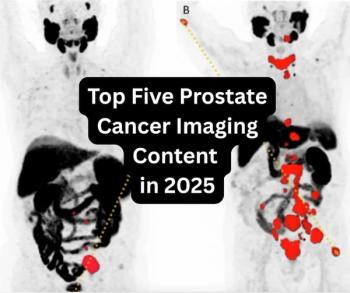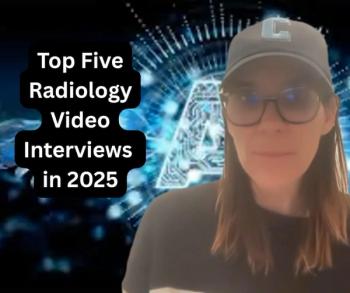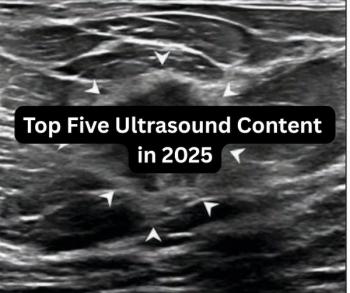
Can Big Data Think Outside The Box?
Technology can help big data think outside the box in radiology.
There is much excitement about big data and its potential applications in medical imaging. The purpose of this blog is to consider related approaches that are providing results today and can therefore serve as a guide for big data driven applications.
Virtual colonoscopy will be used as a clinical example to clarify this subject. Big data in the form of machine learning has been applied to CADx and utilized for virtual
The CADx approach of analyzing large numbers of 2D images, creating representative algorithms, and applying them to diagnosis is an established approach. Medical Sieve, from
“Medical Sieve is an ambitious, long-term exploratory grand challenge project to build a next generation cognitive assistant with advanced multimodal analytics, clinical knowledge, and reasoning capabilities that is qualified to assist in clinical decision making in both radiology and cardiology.”
In all of the above, the fundamental source of data remains in the form of 2D views. When the 2D views are created as a projection of 3D volume data sets, we might refer to them as 2.5D
According to
By working with “objects,” available with
“With IVR, I can lift the colon out of the display, open up the colon and rotate it in innumerable planes,” Judy Yee, MD, of UCSF,
The ultimate goal of big data is to improve patient outcomes. With IVR, the initial results are encouraging. They provide a ground truth and guide for raising the bar further with big data techniques applied to objects. At that point, big data will think outside the box.
Newsletter
Stay at the forefront of radiology with the Diagnostic Imaging newsletter, delivering the latest news, clinical insights, and imaging advancements for today’s radiologists.




























